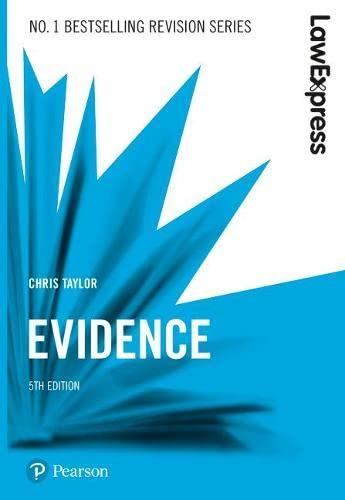Question
1.A supply curve is a graphical illustration of the relationship between price and: a. supply. b. quantity supplied. c. quantity demanded. d. demand. _________________________________________________________________________________________ 1.________
1.A supply curve is a graphical illustration of the relationship between price and:
a.
supply.
b.
quantity supplied.
c.
quantity demanded.
d.
demand.
_________________________________________________________________________________________
1.________ is the way a service or good is produced and divided into a variety of tasks performed by different workers, instead of the same person performing all the tasks.
a.
division of labor
b.
production
c.
opportunity cost
d.
economics
_____________________________________________________________________________________________________________-
1.Because of our limited money, time, and effort, we are best off when we allocate those things:
a.
by constantly assessing the opportunity costs of our choices.
b.
with the goal of minimizing total costs.
c.
with the objective of maximizing opportunity costs.
d.
by choosing what society as a whole would want.
_______________________________________________________________________________________________
1.When the price in some market is above its equilibrium price:
a.
the quantity supplied is less than the quantity demanded.
b.
a shortage exists.
c.
a surplus exists.
____________________________________________________________________________________-
1.A business cycle reflects changes in economic activity, particularly real GDP. The phases of a business cycle, in order, are:
a.
trough, expansion, recession and peak.
b.
expansion, trough, contraction and peak.
c.
contraction, recession, expansion and boom.
d.
expansion, peak, contraction and trough.
_________________________________________________________________________________
1.Benefits of being a franchisee include:
a.
access to a template for the business.
b.
guaranteed success by using the franchisor's brand.
c.
the elimination of all business risks.
d.
access to startup funds from the franchiser.
_______________________________________________________________________________________________
1.Which of the following entities are subject to limited liability?
a.
corporations
b.
sole proprietorships
c.
general partnerships
d.
limited partnerships
Step by Step Solution
There are 3 Steps involved in it
Step: 1

Get Instant Access to Expert-Tailored Solutions
See step-by-step solutions with expert insights and AI powered tools for academic success
Step: 2

Step: 3

Ace Your Homework with AI
Get the answers you need in no time with our AI-driven, step-by-step assistance
Get Started


